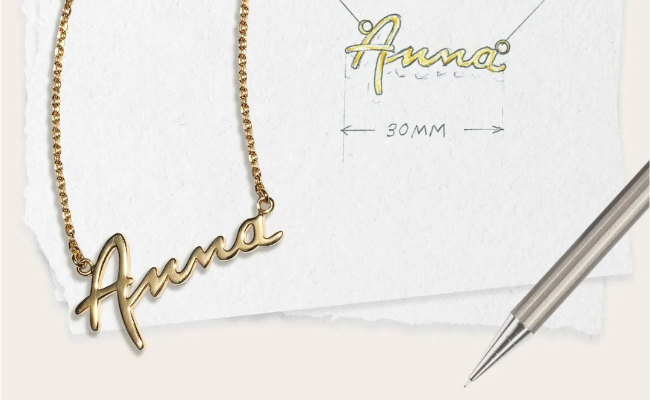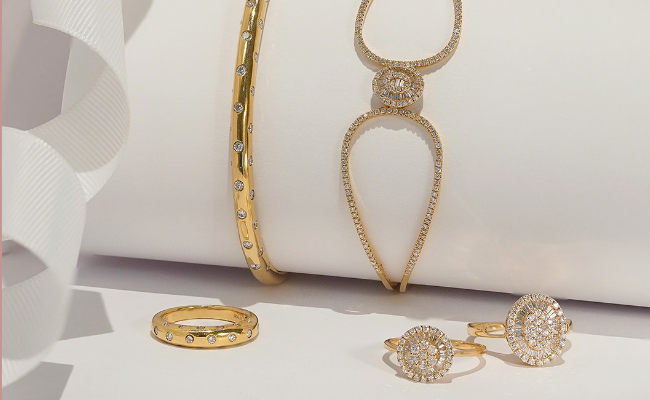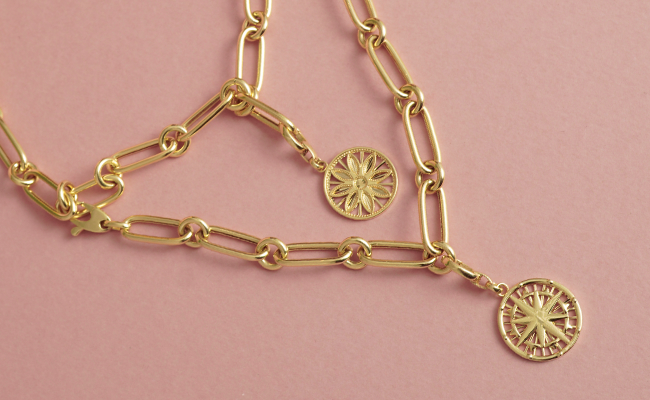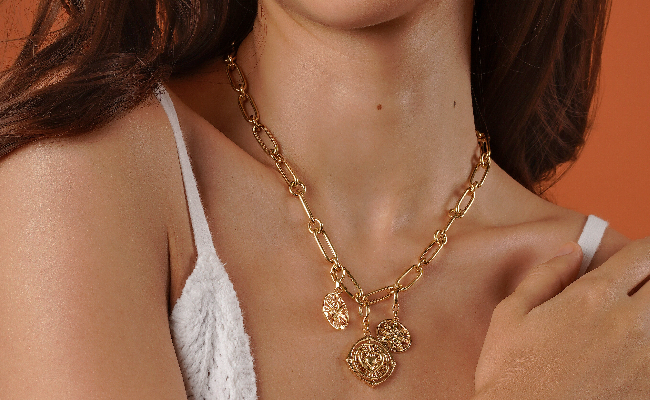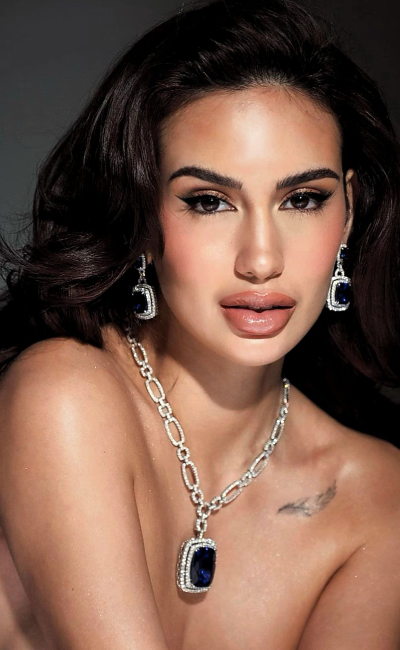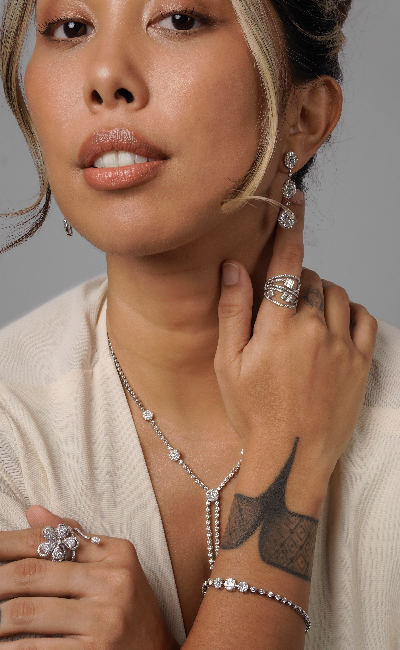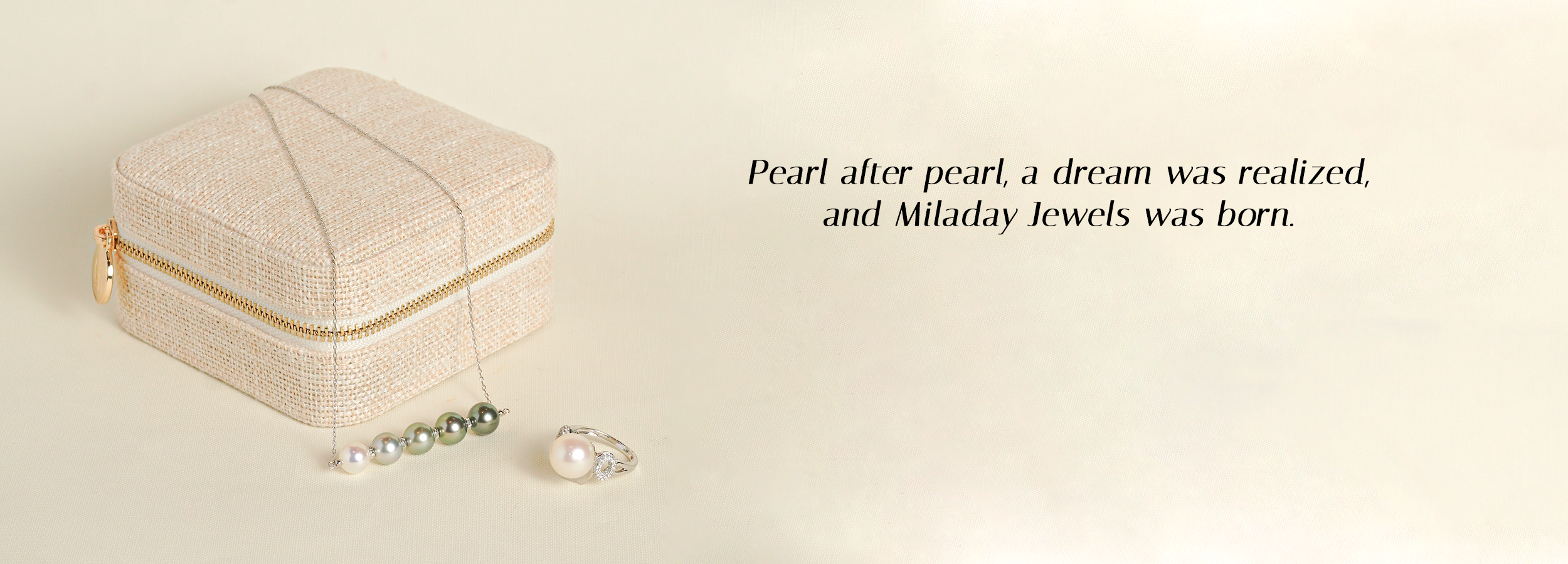
The Fascinating World of Pearls: A Guide to the Different Types
Summer's here and it's the perfect time to dive into the seasons's must-have jewelry staple, Pearls - one of nature's living gems. Every pearl is unique in its shape, size and color. From the popular South Sea pearls, to the exotic Tahitian pearls, there's a widemi variety to choose from. But first, let's explore and know more about the four major types: South Sea, Akoya, Tahitian and Freshwater pearls.
South Sea Pearls:
Predominantly round or near-round, characterized by a thick creamy nacre, it comes in different sizes with hues ranging from white to gold. South Sea pearls are primarily harvested from warm, saline waters surrounding Australia, Indonesia, and the Philippines, as these countries are esteemed for their large oysters that yield these exquisite pearls. South Sea pearls exude a subtle elegance thanks to their smoothness and luminous sheen, making them a sophisticated choice for those seeking grandeur with grace.
Akoya Pearls:
Renowned for their radiant luster and spherical shape, Akoya pearls are mostly cultivated in Japan and China using meticulous, generations-old farming techniques. Its color exhibits a creamy white hue with hints of pink or silver. Despite being smaller in size compared to other varieties, its smooth and reflective surface that catches and refracts light beautifully makes this type of pearl a versatile choice for different styles.
Tahitian Pearls:
Generally larger in size, Tahitian pearls are mostly harvested in the lagoons and sandbanks of French Polynesia, particularly around Tahiti. These unique pearls boast exotic, dark colors ranging from black to green, blue, and purple. It also has a smooth surface that reflects light, which highlights its deep, rich hues wonderfully. Tahitian pearls have a mysterious allure, making them a preferred choice for those seeking a bold statement piece.
Freshwater Pearls:
It comes in a diverse array of shapes and sizes that are often more varied and less round. Freshwater pearls are sourced from mussels in rivers and lakes primarily cultivated in China and are also found in smaller quantities in the United States. These pearls exhibit a natural color spectrum, ranging from classic white to pink, peach, and even lavender. Its surface is not always smooth, but it showcases a soft luster that emanates a warm, almost radiant glow. Freshwater pearls are so charmingly imperfect that it adds character to their allure.
Now that we've explored the four main types of pearls, let's take a moment to appreciate some other lesser-known varieties that are equally exquisite and worth considering.
Seed Pearls:
Seed pearls are tiny, no larger than a couple of millimeters, and often used in clusters for decorative purposes. Its shape is usually round or near-round, with a smooth and shiny surface. It also has a beautiful luster that comes in various colors. Seed pearls are often harvested from freshwater mussels in Asian rivers and lakes, particularly in China. While some are also found in saltwater oysters in parts of Japan and Indonesia.
Keshi Pearls:
Available in a variety of shapes and sizes, from flat to round and baroque, Keshi pearls are prized for their distinct shapes and radiant surfaces, setting them apart from conventional pearls. These pearls form naturally as a byproduct of pearl cultivation, lacking a nucleus and consisting entirely of nacre, which gives them their dazzling luster. They are primarily found on pearl oyster farms in Japan, Australia, Indonesia, and the Philippines.
Biwa Pearls:
A type of freshwater pearl, Biwa pearls are known for their non-traditional shapes that are often elongated or irregular. It has a smooth surface and a luster that highlights its unique form. Typically ranging from white to cream with subtle overtones, Biwa pearls were originally cultivated in Lake Biwa, Japan. These pearls are now primarily produced in freshwater sources in China and Japan due to environmental concerns in Lake Biwa.
Mabe Pearls:
Also known as "blister pearls," Mabe pearls are semi-spherical in shape with a smooth surface that's very lustrous and reflects a myriad of colors of white, pink, blue, and green. These pearls are primarily harvested in the warm seas of Japan, Indonesia, and Australia and have a unique cultivation process as they come from the inner shells of oysters rather than within their bodies.
Baroque Pearls:
Exhibiting a wide range of shapes and sizes, from long and thin to short and chunky, with surfaces often uneven and featuring bumps and ridges, creates the distinct charm and character of Baroque pearls. It comes in hues of white, soft pink, and deep purple. These pearls are found in both freshwater and saltwater environments and are cultivated by oysters and mussels globally, particularly in China, Japan, and the South Pacific.
Conch Pearls:
Sourced from the queen conch mollusk, Conch pearls are prized for their rare and stunning colors, ranging from soft pinks to deep corals. Their distinct flame structure and pattern, resembling shimmering light, further accentuate their porcelain-like finish, making these pearls highly sought-after by collectors and enthusiasts. These unique pearls cannot be cultured and are only found naturally in the Caribbean Sea.
Rice Pearls:
Named for their resemblance to grains of rice, Rice pearls are small and elongated, with a length greater than their width. Its surface is often textured, yet it still exhibits a gentle and subtle luster. Available in various colors, from white to pink to lavender, these pearls are popular for creating delicate and intricate jewelry. Rice pearls are prevalent in areas engaged in pearl cultivation, such as Southeast Asia and the Pacific Islands.
Coin Pearls:
Flat and round with a broad, lustrous surface, coin pearls are available in a variety of colors, from white to pink to black. These pearls are popular with those seeking a modern take on traditional pearls, as they are primarily cultivated on freshwater farms in China, the leader in coin pearl production.
Melo Melo Pearls:
Sourced from the melo melo sea snail, Melo Melo pearls lack the typical luster of known pearls but possess a unique porcelain-like finish. They're large in size and are usually round and oval in shape, with a vibrant orange-to-tan hue that showcases a mesmerizing swirl pattern. Melo-melo pearls, found mostly in the South China Sea and Andaman Sea, are natural gems valued for their unique beauty.
We've completed our voyage through the captivating realm of pearls! These beautiful gems, born of nature's enchantment, never fail to astound with their radiant beauty. As pearls take the spotlight this month, we invite you to explore our Pearlfection collection, which features the beauty of South Sea pearls with hints of Tahitian and Keshi pearls. You may also check out our 1380 collection, where some designs feature freshwater pearls. To learn more about these collections, visit our stores or click on this link: Pearlfection (miladayjewels.com)



